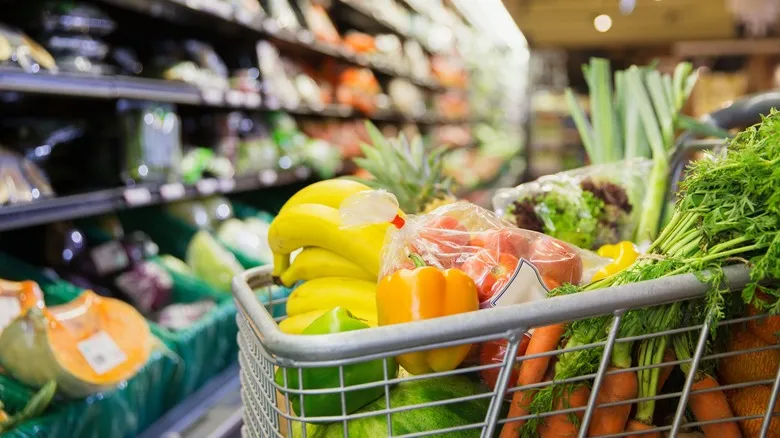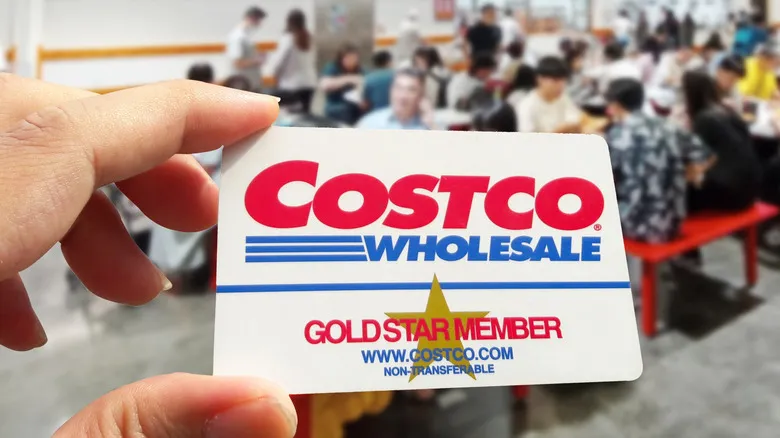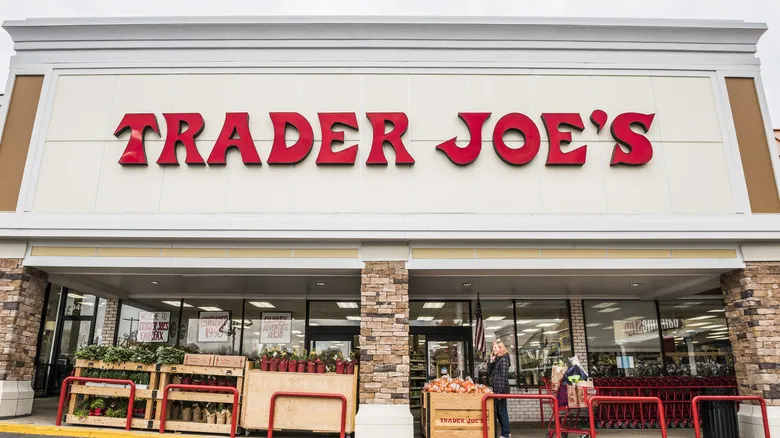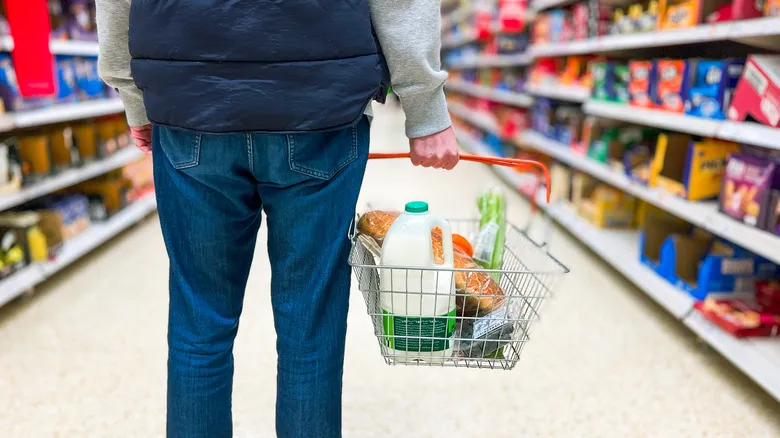Buying the essentials, and everything else

You may have observed that you tend to follow a similar path through the grocery store each visit. This often forms a loop, subtly guided by the store's arrangement, which places key items—such as produce, bread, meat, and dairy—in designated areas.
Psychologist Paco Underhill shared with Bon Appétit that the layout of supermarkets has largely remained unchanged for decades. He noted, "The fundamental design hasn't varied much in nearly 80 years: I enter, and produce is usually at the front and to the right, meat and seafood are typically located at the back and to the right, while dairy is generally found in the back left corner—the furthest part of the store."
Positioning dairy at the back (and away from other staples like bread) encourages shoppers to linger longer in the store. As customers navigate the aisles to gather their essentials, they are more likely to explore and encounter displays, leading to impulse purchases.
However, not everyone believes that the placement of the dairy aisle is merely a tactic to entice shoppers into buying more. Economist Russell Roberts suggests that dairy coolers are situated at the back to enhance stocking efficiency, minimize spoilage, and reduce costs. It's entirely possible for both interpretations of the dairy aisle's location to coexist. Is it really surprising that grocery stores devise strategies to save money while simultaneously increasing their profits? After all, the positioning of the dairy section is just one of many tactics stores use to encourage customers to spend more.
The planning behind your grocery store experience

When it comes to being a shopper, very little is left to chance. Whether you're at Whole Foods or Aldi, extensive market research and psychological strategies influence your food purchasing decisions. Similar to the myriad of products available, the layout of a grocery store is the result of careful design. From the arrangement of aisles to the strategic pairing of products, many choices are made to maximize the time customers spend in the store.
The way your senses are stimulated while shopping is also deliberate. This can range from simple free samples and the background music playing in the store to more subtle tactics, like placing brightly colored cereal boxes at eye level for children. Even the growing size of grocery carts is linked to increased spending; larger carts tend to encourage shoppers to buy more.
So, how can you resist the enticing strategies of the grocery store? Create and adhere to a shopping list. Opt for carrying items in your arms or using a basket instead of a cart. Listen to your own music or a podcast while you shop. Try to ignore the tempting aroma of freshly baked cookies from the bakery, and avoid shopping on an empty stomach. Keep track of your cart's total as you add items. Consider ordering your groceries for delivery or pickup to bypass the store experience entirely. And if you're just there for milk, grab it and leave.
Recommended

2 Label Clues To Find The Best Butter At Your Grocery Store

What To Know Before You Add Someone To Your Costco Card

Why Trader Joe's Doesn't Deliver Groceries (And Probably Never Will)

Keedoozle: The Retailer That Was Half Grocery Store, Half Vending Machine
Next up

